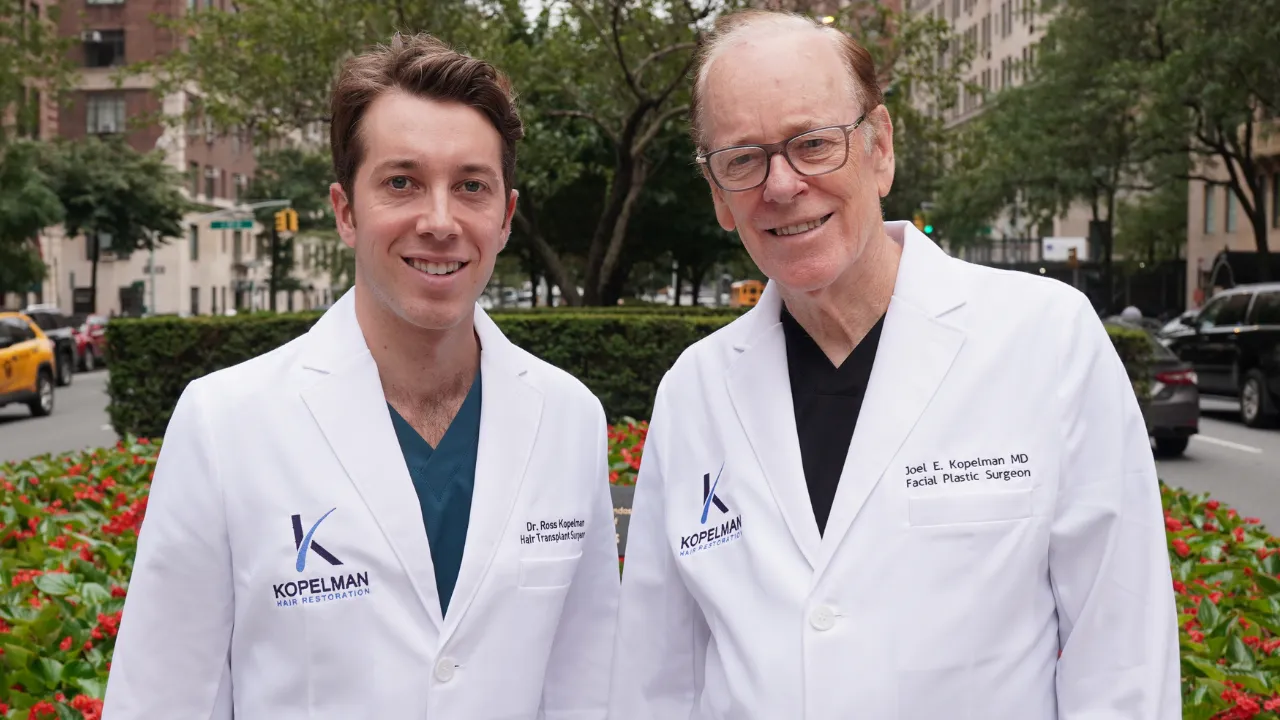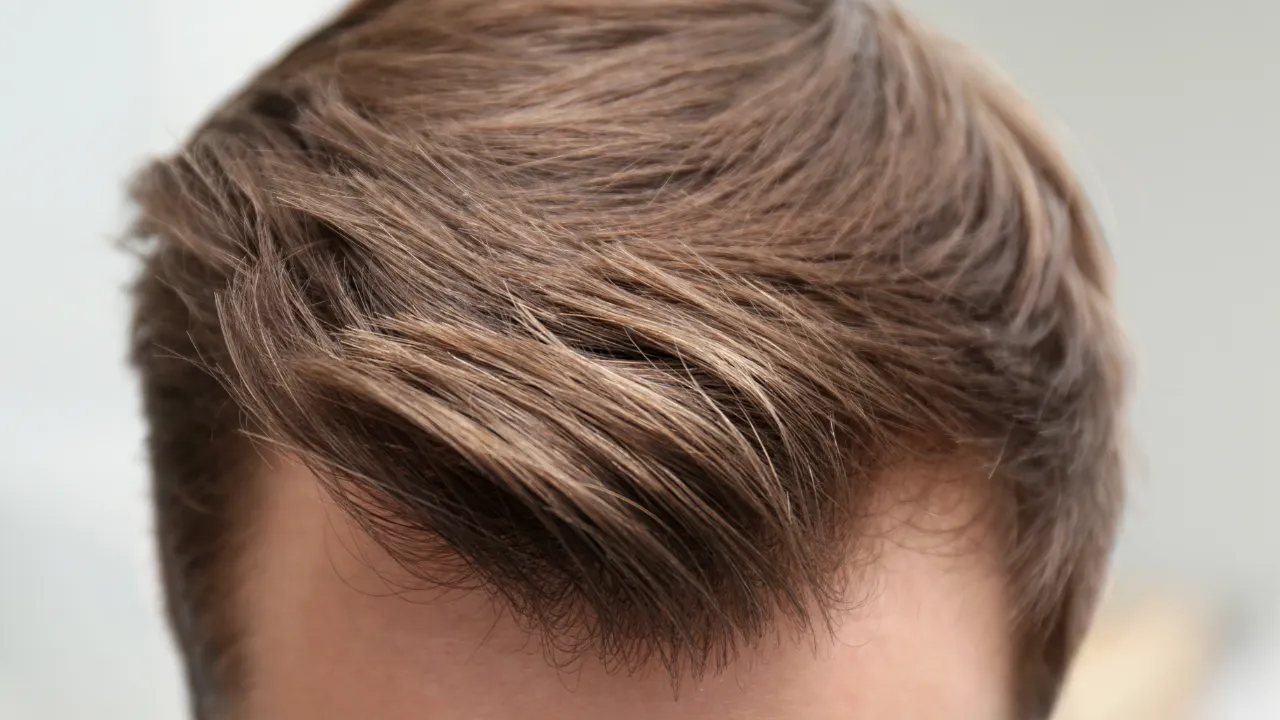Table of Contents
ToggleThinning eyebrows can be frustrating and upsetting for those who experience it, as they are important for framing the face and showing emotions. Many readers ask, “do people with alopecia have eyebrows?” The answer depends on the type of alopecia and how severely it affects the hair follicles in the brow area.
If you’ve noticed your eyebrows thinning or becoming patchy, this detailed guide on why your eyebrows are thinning explains the common causes and regrowth options. Whether due to an autoimmune disease, skin conditions, or hormonal changes, many individuals experience eyebrow thinning and even complete hair loss in the brow area. Today, we will explore the causes of eyebrow hair loss, treatment options, and how to prevent further loss of hair.
Why Do I Have Bald Spots in My Eyebrows?
Eyebrow hair loss, also known as madarosis, can result from various medical conditions and factors, such as:
- Alopecia Areata: One of the most common causes of eyebrow alopecia is this autoimmune condition, where the immune system attacks its own hair follicles, leading to patchy hair loss, including in the eyebrow area. This can also cause bald eyebrows.
- Many patients wonder, “does alopecia affect eyebrows?”, and the answer is yes. In alopecia areata eyebrows, hair often falls out suddenly in small patches, sometimes affecting one or both brows.
- Androgenetic Alopecia: Also known as male or female pattern baldness, androgenetic alopecia is a genetically predetermined disorder that causes hair loss due to an excessive response to androgens – specific hormones that contribute to growth and reproduction. Regularly associated with hair loss on the scalp, androgenetic alopecia can also extend to the eyebrows, leading to gradual thinning, patterned baldness and eyebrows alopecia in both men and women.
- Telogen Effluvium: This condition causes temporary hair loss due to stress, illness, or changes in hormones, disrupting the hair growth cycle. In some cases, it may create a noticeable eyebrow bald spot and eyebrow thinning.
- Hormonal Imbalances: Changes in hormones, especially during pregnancy or menopause, can lead to eyebrow thinning. Hormones play a major role in regulating hair growth cycles and hair regrowth, making this a frequent cause of eyebrow hair loss.
- Nutritional deficiencies: The body requires various nutrients to grow hair properly, including vitamins A, B, C, D and E and iron. Therefore, it’s vital to maintain a healthy diet filled with fish, nuts, seeds and leafy vegetables to avoid or minimise eyebrow hair loss. Research also shows that deficiencies in fatty acids like omega-3 and omega-6, biotin and zinc contribute to hair loss. Deficiencies in these can lead to alopecia on eyebrows, especially if paired with other stressors or underlying health conditions.
- Skin Conditions: Hair grows directly from hair follicles located in the skin, and certain skin conditions can interfere with this process, leading to hair loss in the eyebrow area. Conditions like these can cause inflammation, itching, and flaking skin, disrupting the health of the hair follicles. The most common skin issues affecting eyebrow hair growth include:
- Atopic Dermatitis (Eczema): This condition is characterized by inflammation, irritation, and intense itching. Over time, it can weaken the hair follicles, making it difficult for hair to grow properly and leading to eyebrow thinning or hair loss.
- Contact Dermatitis: Triggered by exposure to irritants or allergens, this condition causes inflammation and itching near the brows. This skin irritation can block normal hair growth and contribute to hair loss in the affected areas.
- Psoriasis: Psoriasis is an autoimmune disorder that accelerates the production of skin cells, leading to thick, scaly patches. These scales can cover hair follicles, blocking hair growth and resulting in eyebrow hair loss.
In all of these cases, treating the underlying skin condition is essential to restoring normal hair growth in the eyebrows.
Treatment Options for Alopecia Eyebrows
There are several ways to manage and treat eyebrow hair loss, depending on the underlying cause:
- Topical Treatments: Minoxidil, commonly used for scalp hair loss, can also be applied to eyebrows to stimulate hair regrowth in cases of temporary loss. This treatment can be effective in early-stage eyebrow thinning.
- Steroid Injections: For individuals with autoimmune conditions such as alopecia areata, corticosteroid injections may help reduce inflammation and promote the regrowth of eyebrow hairs.
- Hair Transplants: For permanent hair loss, an eyebrow transplant may be a long-term solution. This involves using techniques like Follicular Unit Extraction (FUE), where hair follicles are taken from a donor area, such as the scalp, and implanted in the eyebrow area. The results of an eyebrow transplant often provide fuller and natural-looking brows, for many years to come. Many patients prefer eyebrow transplants in NYC due to easier follow-up visits, in-person evaluations, and access to experienced hair restoration teams.
- Managing Skin Conditions: If the loss of hair is caused by conditions such as seborrheic dermatitis or atopic dermatitis, treating these underlying health conditions can help prevent further eyebrow hair loss. Working with a dermatologist to manage these conditions is key to restoring and maintaining healthy brows.
- Microblading and Cosmetic Tattooing: Non-surgical options like microblading offer a cosmetic fix for bald spots in eyebrows, giving the illusion of fuller brows without surgery. These options are often preferred for individuals asking, “Can you have eyebrows with alopecia and still look natural?” — the answer is yes, with the right approach.
Preventing Eyebrow Hair Loss
In addition to treatments, preventive measures can help maintain healthy eyebrow growth:
- Avoid Over-Plucking: Frequent plucking or waxing can lead to permanent damage to the hair follicles, making it difficult for new hairs to grow. Limit eyebrow grooming to avoid exacerbating hair loss.
- Address Hormonal Imbalances: Seek medical advice if you suspect hormonal imbalances are contributing to your eyebrow thinning. Addressing these issues can prevent further hair loss and promote regrowth.
- Manage Autoimmune Diseases: Conditions like alopecia areata can cause recurring episodes of bald patches in eyebrows. Early treatment can minimize hair loss and reduce the frequency of flare-ups.
Side Effects of Eyebrow Transplants
While an eyebrow transplant is a permanent solution for many, it’s important to be aware of potential side effects. These include temporary swelling, redness, or discomfort in the brow area following the surgical procedure. Additionally, it may take several months to see the full effects as the hair growth cycle progresses. However, for those seeking a lasting solution to alopecia brows, eyebrow transplants do offer a reliable option.
Your Hair Restoration Journey
Alopecia in eyebrows can happen due to medical issues, skin problems, or hormonal changes. With the right approach, it can be managed and treated. Treatments like creams, steroid shots, or eyebrow transplant surgery can offer lasting help for people with eyebrow hair loss.
By addressing the underlying cause and considering long-term options like transplants, individuals can restore their eyebrow hair and regain fuller, natural-looking brows. If you’re dealing with bald patches in your eyebrows, seeking professional advice is the first step toward finding the most effective treatment plan for your unique needs.
Dr. Joel and Ross Kopelman, a father-son duo of hair transplant surgeons with a combined 35+ years of experience, specializing in personalized treatments that address your unique needs. Whether you’re dealing with a receding hairline, thinning eyebrows, or balding patches, or would like a full beard, schedule a consultation with Dr. Kopelman who can help you explore your options and find the best solution.
























